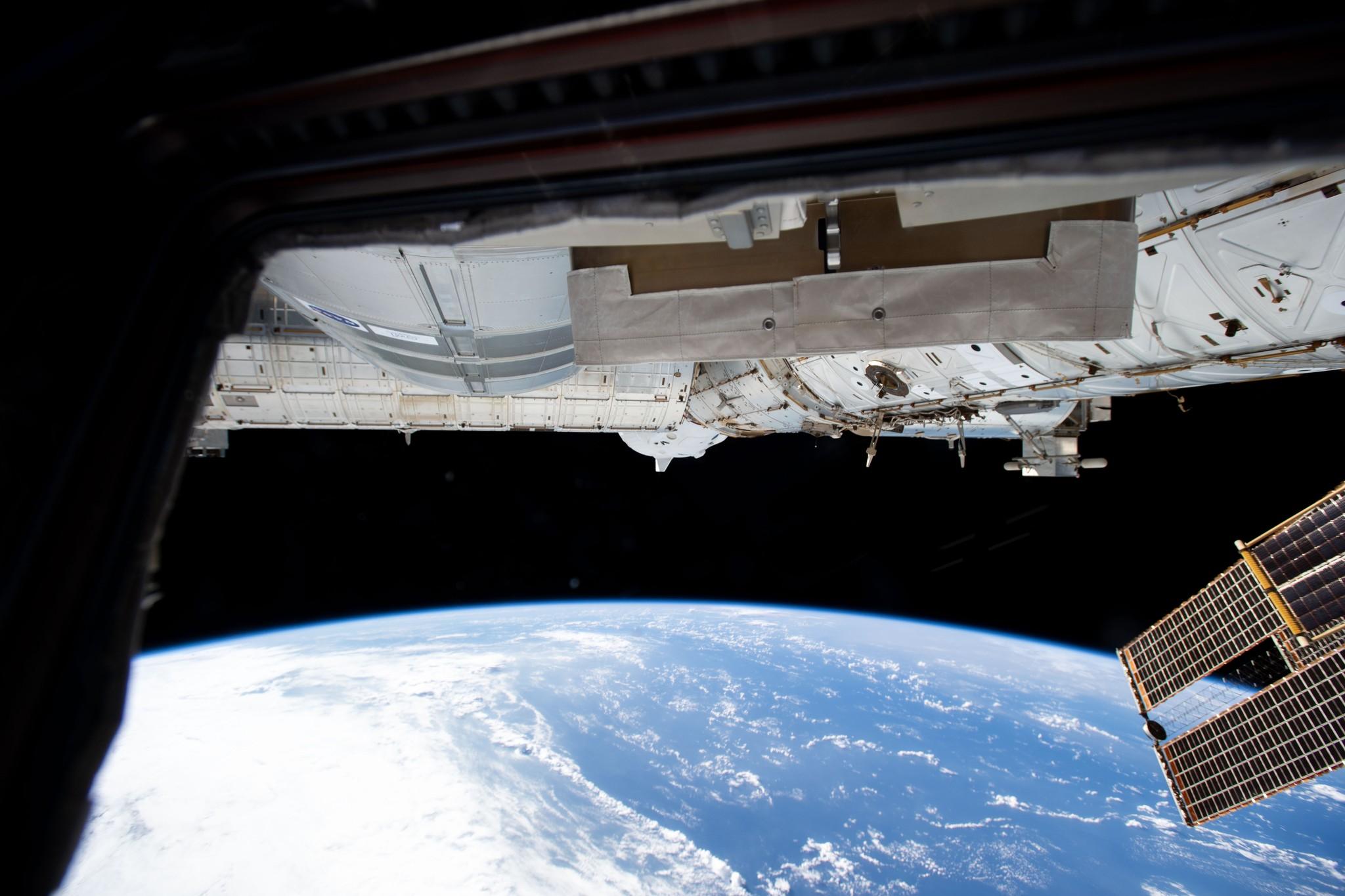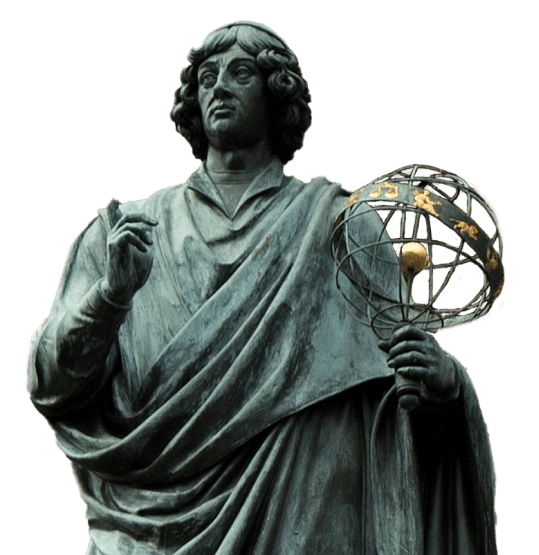“When you look out the window of the International Space Station, you don’t see borders or countries – you see one beautiful planet with a delicate atmosphere. I hope that we will use its resources wisely,” said Polish astronaut Sławosz Uznański-Wiśniewski from aboard the ISS during a press conference held at the Copernicus Science Center in Warsaw.
The astronaut, who is participating in the Ax-4 mission, shared his impressions of life and work in space. He noted that although he has not yet been able to photograph Poland from orbit due to unfavorable lighting conditions, the view of Earth from an altitude of 400 km made a huge impression on him. He drew attention to the fragility of the Earth’s atmosphere and the need for responsible management of the planet’s resources.
Uznański-Wiśniewski is conducting his work in the European Columbus module, which he called “a little bit his home.” He emphasized that the ISS is a huge international laboratory for carrying out advanced scientific experiments. The Pole has access to the European and American parts, but – in accordance with protocols – he does not move around the Russian segment or the second Dragon capsule, which belongs to another crew.
When speaking about the launch, the astronaut admitted that initially he experienced strong g-forces, but after a few hours on the station, he felt well enough to start his research work. “I am very pleased and happy about this,” he admitted.
The official date of the Polish astronaut’s return has not yet been announced. Technical procedures are underway to enable the safe detachment of the Dragon capsule.
On Tuesday, July 8, 2025, the final meeting will take place, closing the series of four live educational connections with Sławosz Uznański-Wiśniewski on board the International Space Station. The Polish astronaut will answer questions from students who won the “Ask an Astronaut” competition organized by POLSA and will also perform three experiments designed by Polish students, selected in the “Simple Experiment – Space Discovery” competition.
Source: POLSA, Science in Poland.










